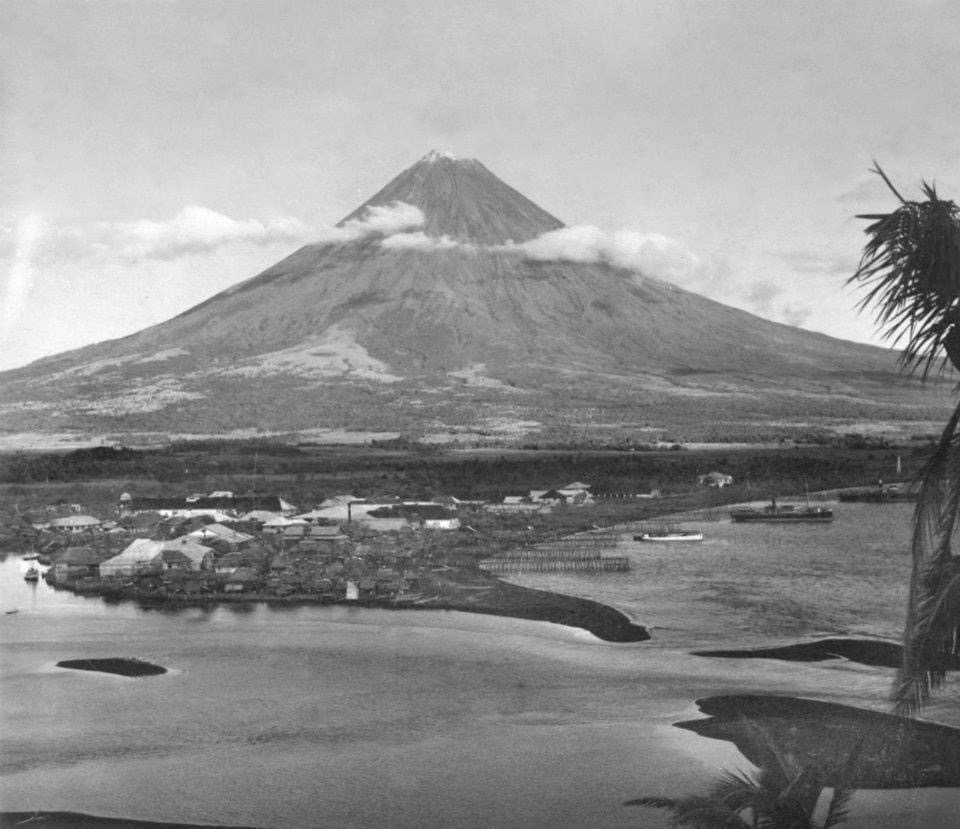By Abdon M. Balde Jr.
TO MANINGKAROG & THE MOUNTAIN THAT MUST NOT BE NAMED
How did Baltog reach the village of Tondol? It was not in the Ibalong narrative. But speculations, mostly from Prof Merito Espinas abound. The three heroes Baltog, Handiong and Bantong all came to Bikol via the mouth of the Bikol River at Calabanga. Most possibly near the Inarihan River. How then did Baltog travel southwards to what is now part of Camalig, Albay?
In ancient times, the fastest means of travel was by water. Travel by land was fraught with difficulties and danger because there were no road network, the hills and mountains and forests were rugged and infested with wild animals and monsters. Travel by waters was easy with sails and oars and if you are lucky, you are aided by the wind. My friend Edru Abraham, in a night of brilliant discussions in Ilawod Café, Daraga, Albay, said that in olden times “waters unite us, mountains divide us”.
Thus it was easy to speculate that Baltog travelled by sailing southeast to the Lagonoy Gulf, down to the Gulf of Albay and anchored (nagsawang) at Sawangan—the old name of the fishing village of Legazpi City. He most probably entered the mouth of the Makabalo River. Why Makabalo? Because in olden days the most prosperous place was Binanuahan (town center) for two reasons: 1. Fishermen anchoring at Sawangan trade their products in the town center, and 2. On the banks of the Makabalo River was the chief source of potable water—a spring called Buragwis. In fact, an old friend told me that Buragwis was the source of drinking water for most of what is now Legazpi City and the Albay District.
I was thinking of Buragwis and drinking water when I remember the Bugsukan Falls on the fringe of Mount Malinao. When sailing through the Lagonoy Gulf, it was impossible for Baltog and his men not to see the fresh water cascading down the side of the mountain—spring water pouring direct to the sea! So there was a strong possibility that Baltog and his men stopped by the Bugsukan Falls to get drinking water. And while they were resting on the edge of the waterfalls, what would they discover? The opening of the Crystal Cave leading to the magical clear stream under Mount Malinao! The segments of the story are quickly falling into their proper places!
Now to the case of the absence of Mayon Volcano in the Ibalong narrative. How could a mountain as beautiful as Mayon be not seen by anyone in the vicinity? Initially, I was told by Prof Espinas that maybe Mayon was not yet there. Then how come the Lingyon Hill was mentioned? Well, maybe Lingyon Hill is older than Mayon! Is it possible? Yes it is—said the geologist Chris Newhall sometime in 2014 when I met him in the office of then Governor Joey Sarte Salceda. According to Chris Newhall, Lingyon Hill and Inascan Hill in Guinobatan may be older than Mayon. In fact, Inascan could be the mother of Mayon, said he.
But I met Chris Newhall 8 years after I wrote my NCCA award-winning essay on “How to Complete the Ibalong Epic.” What did I write in my essay? I speculated that Mayon Volcano was already there—a young Mayon, not yet as tall as it is now, but already showing the form of an almost perfect cone. But the elders foretold that the beautiful mountain “must not be named—else it will have its own life and wreak havoc on the land of Ibalong!” (Ang bundok na hindi dapat pangalanan dahil pagka nagkaroon ng pangalan ay magkakaroon ng sariling buhay na magsasabog ng lagim sa kalupaan!) Thus anywhere that it is visible, people look up the beautiful mountain with awe, but kept their mouth shut for fear that it might come to life and cause a lot of suffering to the people living near its crater. So there—“The Mountain That Must Not Be Named” in the midst of Ibalong!
How the mountain acquired its name is a matter of speculation. In our place, in the third district of Albay, any mound or hill was called “ma’yong”. It is a generic description for a mound or a pile that grows. Even the small mammary gland or breast of a young maiden was called “muro-ma’yong.” So it is not named after “Daragang Magayon”? Personally, I think the legend of Daragang Magayon is a contrived tale written in the modern times. The name of the characters—Daragang Magayon (Beautiful Maiden), Ulap/Panganoron (Cloud), Pagtuga (Eruption), Linog (Earthquake), Datu Makusog (Strong Chief), Dawani (Rainbow) are common and not proper nouns. So unlike the character of Ibalong—Baltog, Handiong, Bantong, Oryol, Tacay… which are so ancient, it is so difficult to trace its etymology. Thus I believe that even to this day the name Mayong is a general description of the mountain and not like the proper names of its neighboring mountains—Isarog, Masaraga, Asog—or the sites in Ibalong: Ponong, Malbogong, Gibalong, Panikwason, Tondol, and on and on…

